I’ve always been fascinated by Apple’s journey. Sure, we all know about the iPhone and Steve Jobs’ turtlenecks, but there’s so much more to the story. Let’s peel back the layers and look at some of the lesser-known ingredients in Apple’s secret sauce.
The $5,000 Logo That Launched a Thousand Products
Ever wonder about that iconic Apple logo? In 1977, Steve Jobs hired graphic designer Rob Janoff to create a new logo for Apple. The brief? “Don’t make it cute.”
Janoff delivered the now-famous rainbow apple with a bite taken out of it. The cost? A mere $5,000. Jobs loved it instantly, and it remained unchanged for 22 years.
But here’s the kicker - the bite in the apple wasn’t just for scale. It was a clever play on words. In computer terms, a ‘byte’ is a unit of digital information. An apple with a ‘bite’ out of it? Pure tech-marketing genius.
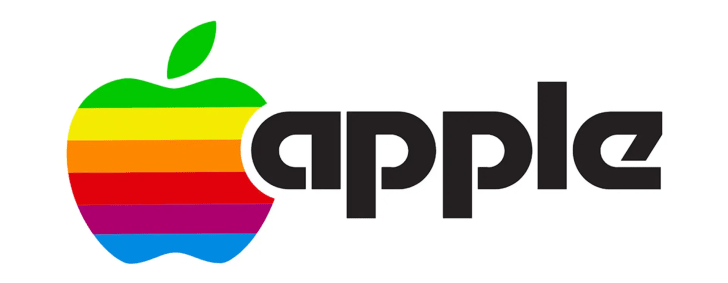
The Day Microsoft Saved Apple
It’s 1997. Apple is on the brink of bankruptcy. Steve Jobs has just returned to the company he co-founded, but things look bleak. Enter an unlikely savior: Bill Gates and Microsoft.
At the Macworld Expo, Jobs announced that Microsoft would invest $150 million in Apple and commit to developing Mac versions of its software. The audience was shocked. Jobs said, “We have to let go of this notion that for Apple to win, Microsoft has to lose.”
This wasn’t just about money. It was a strategic move that kept Apple afloat and maintained competition in the OS market, which helped Apple avoid antitrust scrutiny later on. Sometimes, your biggest rival can become your most important ally.
The iPod’s Secret Father
When we think of the iPod, we usually picture Steve Jobs. But the real mastermind behind Apple’s revolutionary music player was a man named Tony Fadell.
Fadell had pitched a similar idea to RealNetworks and Phillips, but they didn’t bite. Apple, however, saw the potential. They hired Fadell in 2001, and within a year, the first iPod was born.
Apple’s team developed the iPod in less than a year, an unheard-of timeframe for a brand new product category. Fadell’s team worked in a separate building, sworn to secrecy. Even their families didn’t know what they were working on.
The iPod went on to revolutionize the music industry and paved the way for the iPhone. Not bad for a product that almost never existed.
The Stealth Health Play
In recent years, Apple has been making major moves in health tech, but this isn’t a new interest. Back in 2013, Apple quietly hired several medical technology executives. The tech world buzzed with speculation.
But Apple played it cool. When asked about health-related projects, Tim Cook simply said, “We believe technology can help.” Talk about underselling.
Fast forward to today, and the Apple Watch is packed with health features, from ECG to blood oxygen monitoring. Apple has turned our wrists into personal health labs, and they’ve done it so smoothly that we hardly noticed the transition.
This long-game approach shows Apple’s patience and strategic thinking. They don’t just jump on trends; they carefully build the foundations for major moves years in advance.
The Pension Fund That Became a Design Powerhouse
Here’s a wild one: A significant chunk of Apple’s design genius came from… a pension fund? Yep, you read that right.
In 1982, Steve Jobs invested in a small design firm called Frogdesign. The founder, Hartmut Esslinger, created the “Snow White” design language that defined Apple’s look throughout the ’80s.
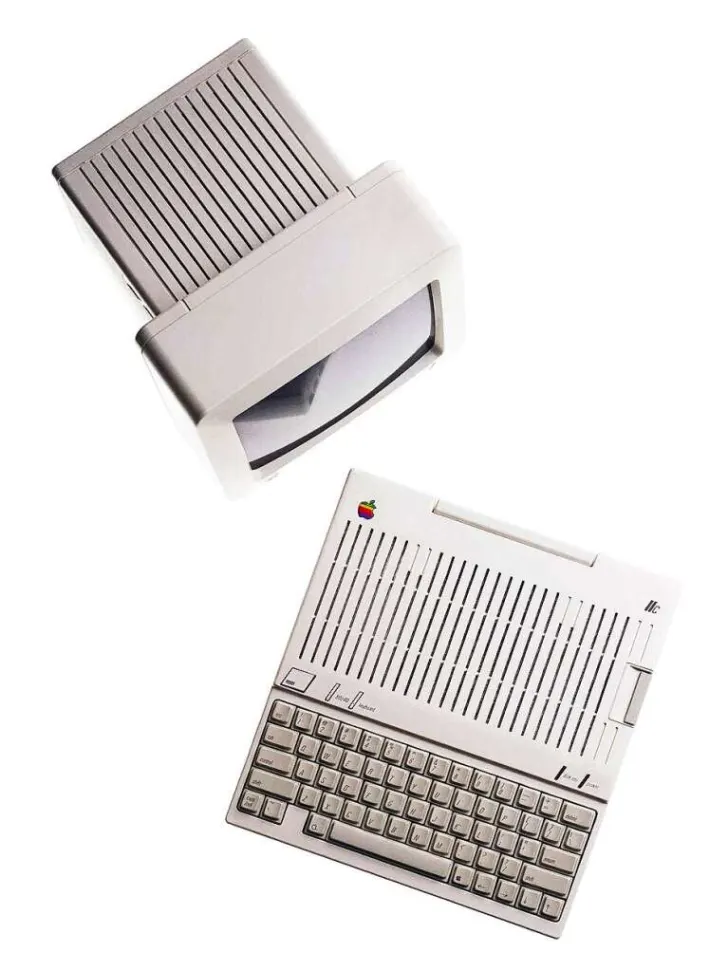
But in 1986, Jobs was forced out of Apple. He sold his Frogdesign shares to the company’s pension fund to avoid conflicts of interest with his new venture, NeXT.
Years later, when Jobs returned to Apple, he couldn’t officially rehire Frogdesign due to this pension fund ownership. So what did he do? He hired away Frogdesign’s top talent, including a young designer named Jony Ive.
Ive, of course, went on to become the design genius behind iconic products like the iMac, iPod, iPhone, and iPad. All because of a quirky pension fund investment years earlier.
The Thermonuclear War That Never Happened
In 2010, Steve Jobs was furious. Google had just launched Android, which Jobs saw as a blatant rip-off of the iPhone. He vowed to go “thermonuclear war” on Google, pledging to spend every penny of Apple’s $40 billion cash reserves to destroy Android.
But here’s the thing: that war never really happened. Sure, there were lawsuits and heated words, but the all-out assault Jobs promised never materialized.
Why? Because Tim Cook, then COO and soon-to-be CEO, saw things differently. He realized that a protracted legal battle would be costly and potentially damaging to Apple’s image. Instead, Apple focused on innovation and building its ecosystem.
This shift in strategy - from confrontation to competition through innovation - has been a hallmark of Cook’s leadership at Apple. It’s a reminder that sometimes, the best battles are the ones you choose not to fight.
The Apple-Xerox Connection
In December 1979, a group of Apple engineers, including Steve Jobs, paid a fateful visit to Xerox PARC (Palo Alto Research Center). This wasn’t just a casual tour - Apple had struck a deal with Xerox. In exchange for $1 million worth of pre-IPO Apple stock, Xerox granted Apple’s team access to their cutting-edge technology.
What they saw there was revolutionary: a computer with a graphical user interface (GUI), using windows, icons, and a mouse. At the time, most computers were text-based and command-driven. This was like seeing the future.
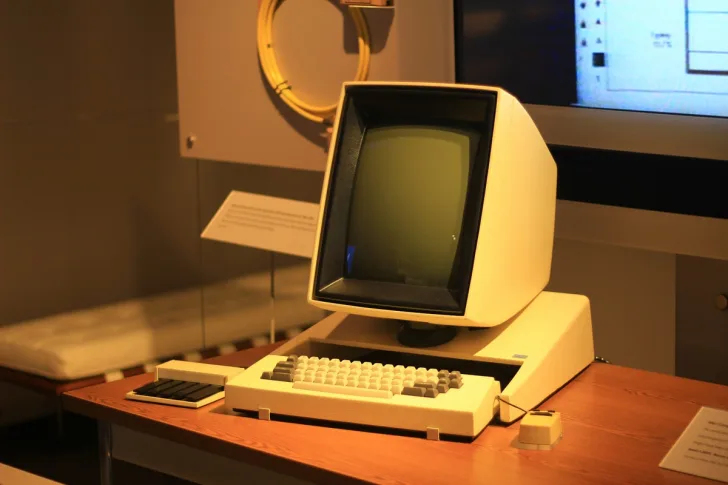
Jobs was electrified. He reportedly shouted, “Why aren’t you doing anything with this? This is the greatest thing! This is revolutionary!”
The visit profoundly influenced Apple’s development of the Lisa and, more importantly, the Macintosh. Apple took Xerox’s ideas and refined them, making them more user-friendly and commercially viable.
This story illustrates a key aspect of Apple’s success: the ability to recognize groundbreaking ideas, even when they come from outside the company, and turn them into revolutionary products. It’s not just about inventing; it’s about perfecting and popularizing.
The Newton: Apple’s Brilliant Failure
In 1993, Apple released the Newton MessagePad, a personal digital assistant (PDA) that was way ahead of its time. The Newton could take notes, manage contacts, and even send faxes. Its most touted feature was handwriting recognition - you could write on the screen with a stylus, and the Newton would convert it to typed text.
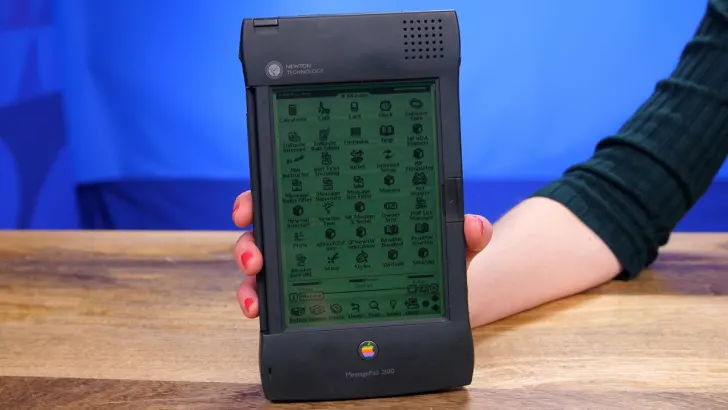
The Newton was the brainchild of John Sculley, Apple’s CEO at the time. He envisioned a future where everyone would carry a personal computer in their pocket. Sound familiar?
However, the Newton faced several challenges:
- It was expensive, starting at $699 (about $1,500 in 2024)
- It was bulky by today’s standards, though portable for its time.
- The initial handwriting recognition was problematic, leading to widespread mockery, including in the Doonesbury comic strip.

Apple discontinued the Newton in 1998, shortly after Steve Jobs’ return to the company. But the Newton wasn’t a total failure. Many of its ideas resurfaced in later Apple products:
- The iPad, which Jobs reportedly started working on before the iPhone, can be seen as a spiritual successor to the Newton.
- The iPhone’s touch interface and mobile apps concept owe a debt to the Newton.
- Siri, Apple’s virtual assistant, has roots in Newton’s early AI ambitions.
The Newton story shows Apple’s willingness to take big risks on new product categories. It also demonstrates how “failures” can often plant the seeds for future successes.
The Bandley 3 Pirate Flag: Symbol of Apple’s Rebel Spirit
In the early 1980s, the team developing the original Macintosh worked in a separate building from the rest of Apple. This building, known as Bandley 3, became a symbol of the Mac team’s rebellious and innovative spirit.
Steve Jobs, leading the Mac project, wanted his team to feel special and different from the rest of Apple. He famously declared, “It’s better to be a pirate than join the navy.” This philosophy was about being agile, thinking differently, and not being bound by conventional corporate rules.
To embody this spirit, the team created a pirate flag to fly over their building. The flag was black with a skull and crossbones, but with a twist - the skull had an eyepatch with Apple’s rainbow logo. This flag was designed by programmer Steve Capps and artist Susan Kare, who also designed many of the original Mac’s icons.
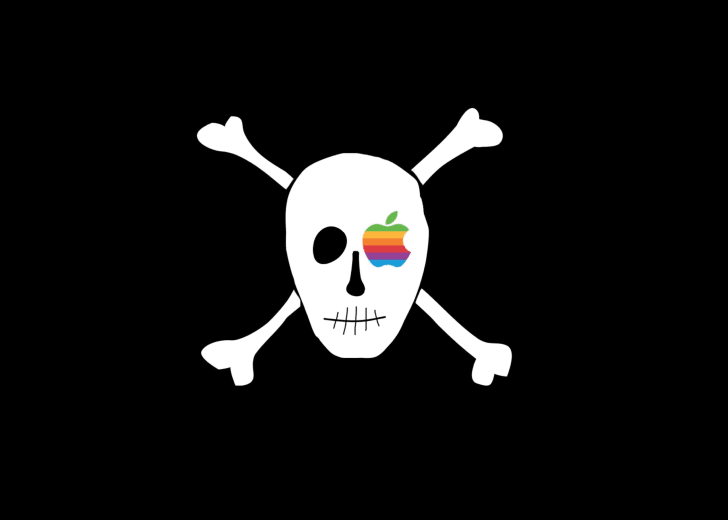
The pirate flag became more than just a quirky decoration. It represented the Mac team’s mission to disrupt the status quo and create something revolutionary. This ethos of thinking differently and challenging conventions has remained a core part of Apple’s culture long after the original Mac’s release.
Even today, Apple often operates with a degree of secrecy and separation between teams working on different projects. This “pirate” mentality - small teams working independently on potentially disruptive products - has been behind many of Apple’s biggest innovations.